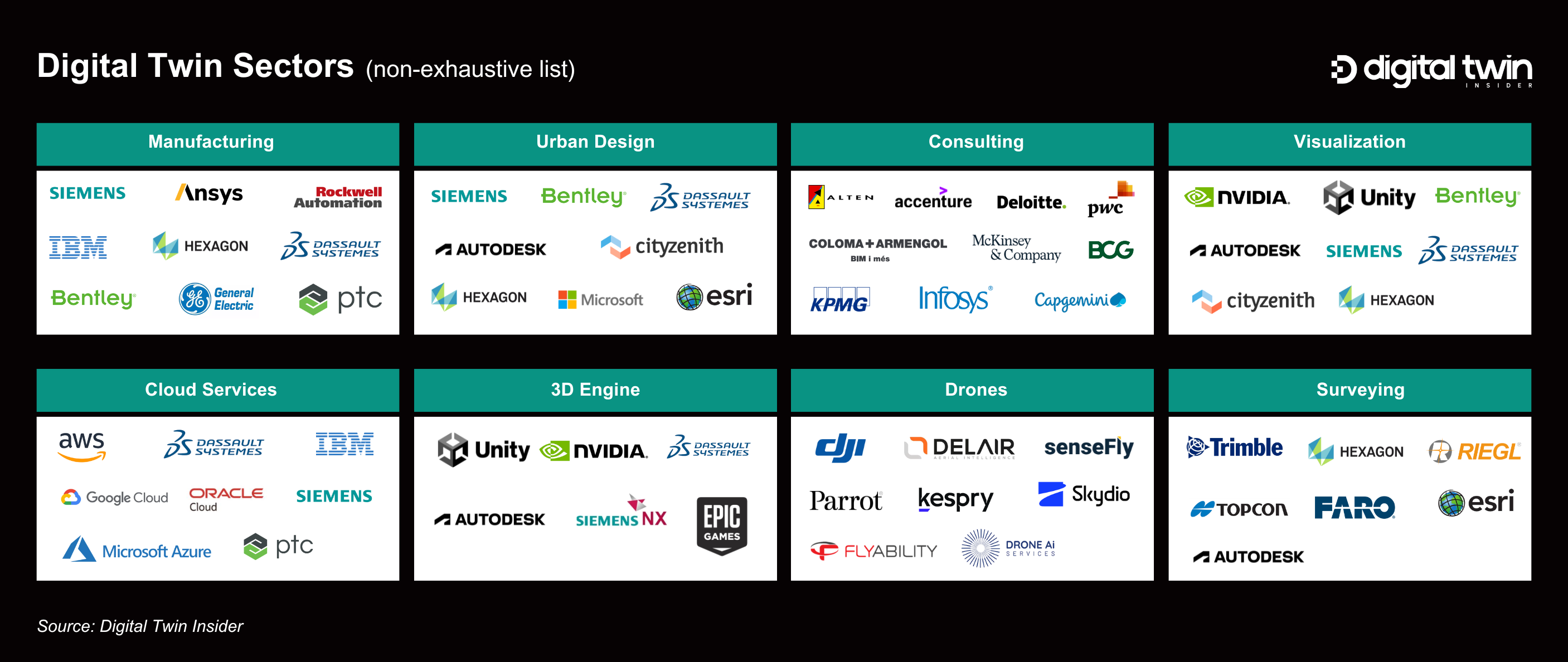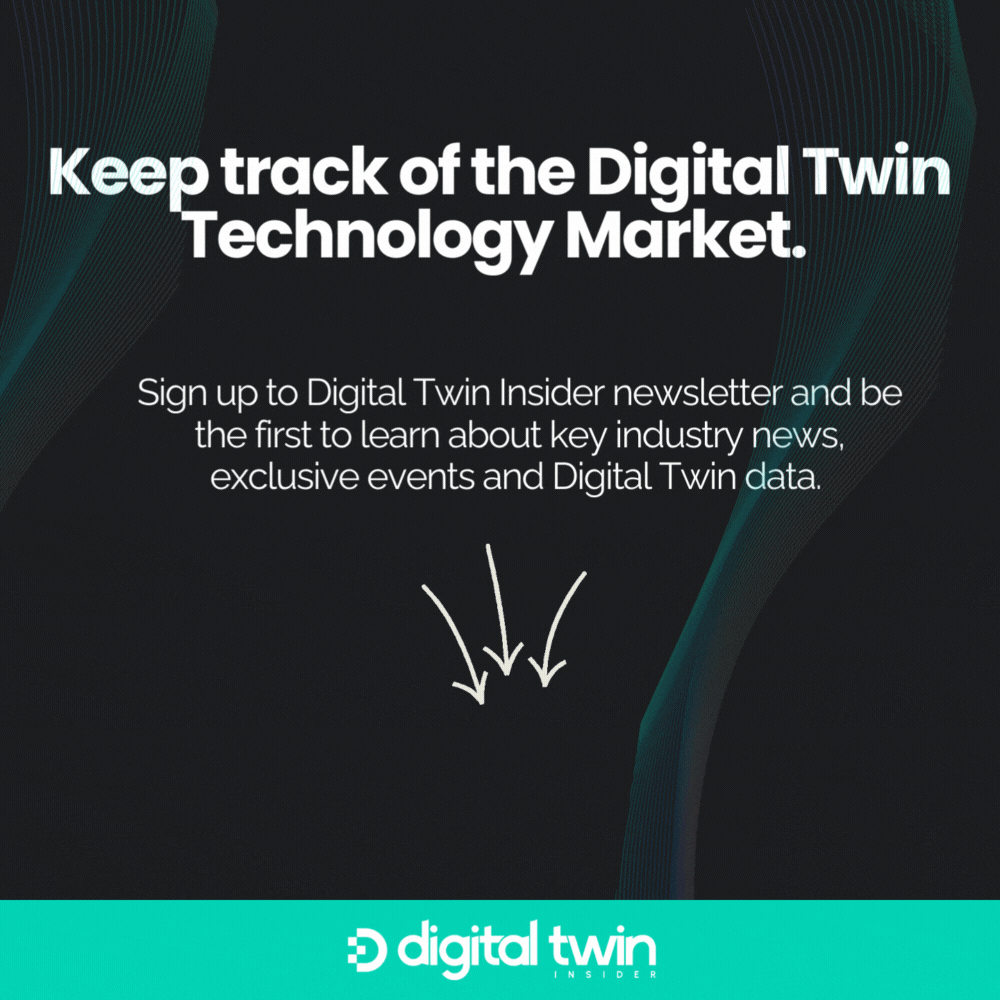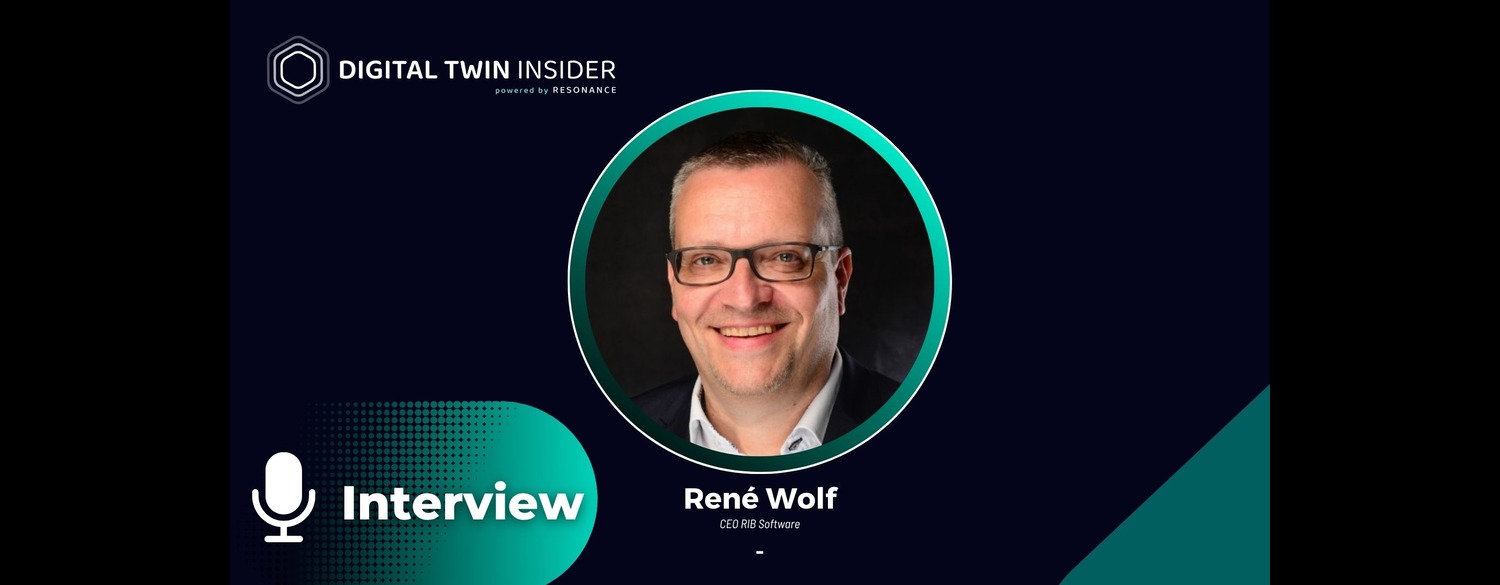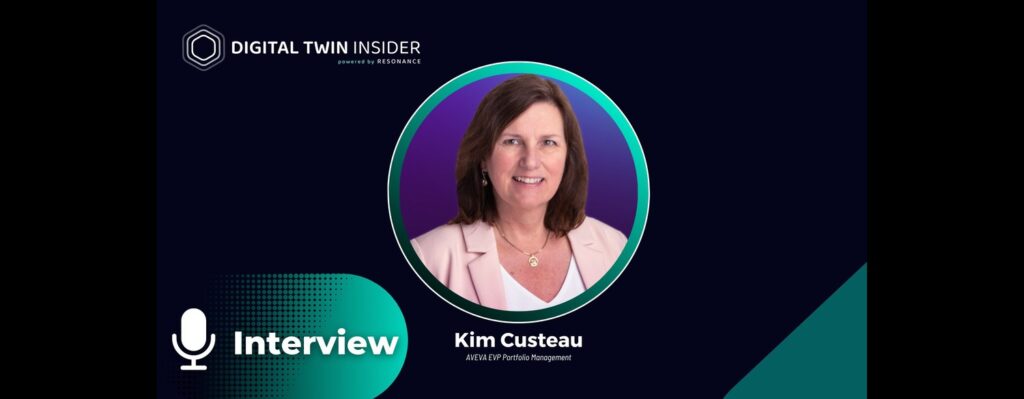A few weeks ago, we examined enterprise users’ use of digital twins for various applications, all displayed in an illustrative market map. This week, we look at the providers supplying these solutions to users across multiple sectors. Currently, providers work across industries to provide solutions to their customers. Using the market map above, this article will segment the industry into its various underlying sectors and the providers within them non-exhaustively.
Manufacturing
The manufacturing sector is full of digital twin solution providers; although the use cases of twins in manufacturing vary, the technology’s core benefits remain the same: increased operational efficiency and optimization, resulting in lower costs and improved productivity in production chains. Ansys and Rockwell Automation are just two companies providing solutions:
Ansys
Ansys is a notable digital twin provider in the manufacturing sector. Known for its world-class engineering software, Ansys is an expert in digital twin provision. Like most companies on this list, Ansys has developed its own digital twin platform, the Ansys Twin Builder. The platform is geared toward engineers using it for use cases such as scaling industrial workflows and simulating battery management systems.

The platform is unique because it is open and features an extensive toolkit of tools and integrations for modeling and simulation. According to Ansys, platform users can expect a 25% improvement in product performance and 20% savings across a product lifecycle. Companies such as KTM and marketplace vendor Capterra use the platform. Furthermore, Ansys has also teamed up with Microsoft to supply digital twin software through its Azure digital twins and worked on projects such as creating a digital twin of a bioreactor.
Rockwell Automation
Rockwell Automation is another key player in the manufacturing space building digital twins. Recently, the automation giant announced a partnership with UK battery manufacturer IONETIC to create a digital twin of the company’s factories and facilities using its Emulate3D™ software.
Emulate3D™ is a digital twin software that enables users to create twins of their machines with all the bells and whistles you would expect from a digital twin platform. As with all digital twin software, Emulate3D™ enables users to simulate physical counterparts before being built, ensuring optimization and mitigating errors before production. Rockwell Automation works with leading companies like Intralox to create digital twin solutions.
Urban Design
The urban design space is an abundant user of digital twins for designing metropolitan areas such as cities. As shown on the market map, numerous providers are working to create urban spaces with the help of digital twins.
Hexagon
Hexagon has worked with leading authorities and stakeholders to develop urban digital twins. Outlining three layers of digital twin integration when simulating cities (digital city, integrated city, and intelligent city), Hexagon takes digital twin deployment seriously when designing urban areas.
The provider has worked on projects to develop digital twins, such as the City of Baton Rouge in the USA and The City of Palermo in Italy. Hexagon aims to create intelligent city digital twins by providing intuitive platforms for stakeholders to access real-time data on their urban spaces visually for informed decision-making.
Autodesk
Software giant Autodesk is similar to Hexagon and a major supplier of digital twin software for urban design. By leveraging its Autodesk Tandem platform, Autodesk can easily create digital twins in urban areas. Customers can also access the platform to create digital twins. Autodesk Tandem has worked with leading AEC companies such as Windover Construction to create digital twins of buildings and construction projects.
Consulting
On our last market map, we segmented the market into consulting firms. This map illustrates consulting companies as critical components of the digital twin provider landscape. KPMG and Infosys are two examples of leading consultancies in the space:
Infosys
Infosys developed a pharmaceutical digital twin in collaboration with a European pharmaceutical company. The twin aimed to improve the optimization of cell culture in bioreactors and act as a training solution for workers. Infosys built the twin using Unity and PTC’s ThingWorx platform. The objectives mentioned were achieved, with a digital twin of a bioreactor realized.
Similarly, Infosys has also worked to develop digital twins of shop floors in the aerospace and defense sectors and supply customers with digital twins in the manufacturing sector. Infosys’ case studies are numerous; thus, Infosys is one of the top consultancies globally that provides these solutions.
KPMG
KPMG is another global consultancy that is open to pushing the boundaries when it comes to developing digital solutions. One case study comes from KPMG’s branch in the Czech Republic. KPMG Czech Republic created a digital twin for a client in Eastern Europe who wanted to understand the efficiency of its turbines.
Utilizing AI, mathematics, and digital twin software, the Czech team simulated a digital twin that showcased turbine performance could be improved by over 2%. Likewise, if all the turbine farms were optimized, the company would net an additional €2 million and an extra 32 thousand megawatts of electricity annually. KPMG is leading the way in developing cutting-edge digital twin solutions for customers.
Visualization
NVIDIA
A market map would not be complete without mentioning technology giant NVIDIA. Unsurprisingly, NVIDIA is a leading provider of digital twin solutions. NVIDIA Omniverse is at the core of this provision, with leading companies using the platform to create 3D workflows in real time.
NVIDIA Omniverse leads the competition with Open USD (Universal Standard description) integration. This ensures customers can access leading software integrations and guarantees the interoperability of digital twins and 3D assets. Companies such as BMW use the platform to create digital twins of their factories, enabling them to seamlessly access other tools they might use due to Omniverses’ leading software integration.
Unity Technologies
Unity is one of the most important providers of digital twin technologies. Unity provides the underlying technology behind 3D creation due to its 3D software. Integrated with leading platforms like NVIDIA Omniverse, Unity is a fundamental part of the platform that enables users to build 3D digital twins. Unity also works with customers globally to create solutions. Unity works with global airports and even military contractors to develop simulations. Likewise, Sitowise, the built environmental leader, has used Unity technologies to build digital twins across the AEC industry.
Cloud Services
Another dynamic part of this market map is the cloud service providers. Digital twins can operate via the cloud through various platforms and applications, but this is not a given. Companies like Oracle Cloud and AWS use cloud services to host digital twins.
Oracle Cloud
Cloud giant Oracle implements digital twins through its Oracle IoT digital twin implementation. Through the company’s cloud software, Oracle can implement what it calls a ‘virtual twin’ (a simple virtual visualization), ‘predictive twin’ (uses analytics for prediction), and ‘Twin projections’ (predictions integrated with back-end devices). In 2022, Oracle collaborated with simulation expert Maplesoft to create more realistic and useful digital twins.
Amazon Web Services (AWS)
AWS is a leading solution provider for digital twins and a key player in this market map. Through its IoT TwinMaker, AWS enables customers to create digital twins on the cloud. AWS has collaborated with a leading Australian infrastructure company, John Holland, and manufacturer Invista to develop comprehensive twins and leading consultancies such as Accenture and providers like Ansys. AWS’s TwinMaker is a trusted leader in developing digital twin solutions, offering expert software tools for designing digital twins.
3D Engine
As already highlighted, a 3D Engine is, for most, an essential component of developing a digital twin. As noted, Unity is one of the key providers of 3D software technology, helping to power platforms such as NVIDIA Omniverse, which uses USD and enables integration with numerous 3D Engines like Unity. Similarly, other major players in this market, such as Epic Games with its Unreal Engine, are also employed in digital twin platforms and solutions.
Drones
Often overlooked by some, drones are an important part of the digital twin industry. Companies use drones to gather visualization data on specific areas of interest in the real world, which can be turned into digital twins.
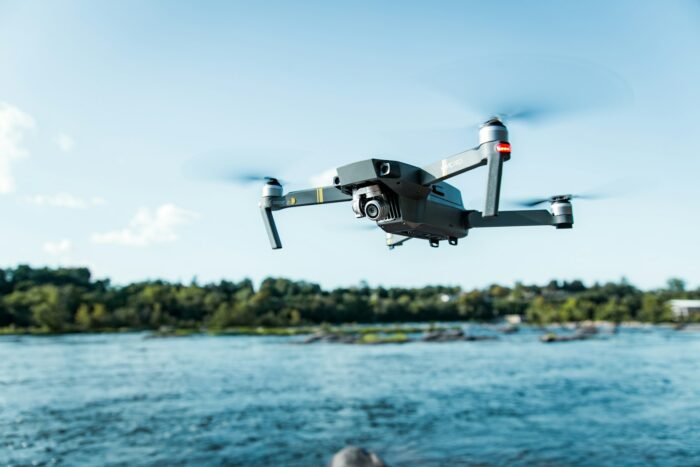
Parrot
Parrot is one company using drones for photogrammetry to build 2D and 3D data sets as a foundation for digital twin development. Through Parrot’s drone hardware and AI integration, customers can map and monitor real-world installations with the PIX4Dinspect online platform. Parrot’s drone technology is the perfect tool to build the foundational elements of digital twin simulation.
DJI
DJI supplies enterprise-grade drones that enable the mapping of landscapes for accurate 3D modeling. The company uses Dronelink software to gather data to build digital twins. Examples of these digital twins include a simulation of the Oklahoma District Court House in collaboration with Paper Airplane. The project resulted in stakeholders being able to assess the building safely after it had been severely damaged.
Surveying
Surveying is the final sector outlined in this market map. Companies globally are developing technologies to assist surveyors in carrying out their jobs. As the map outlines, companies such as Topcon Positioning Systems are working to provide underlying technologies, such as digital twins, to develop more effective surveying practices. Faro Technologies is another company that builds surveyor solutions to facilitate effective asset management.
Conclusion
All in all, this article has outlined several key providers of digital twin technology across key markets, such as manufacturing and drone technology. Check out our intelligence platform for more information on the companies mentioned in this article and the data we used to interrogate the market with our market map.
If you found this article to be informative, you can explore more current Digital Twin news here exclusives, interviews, and podcasts.
